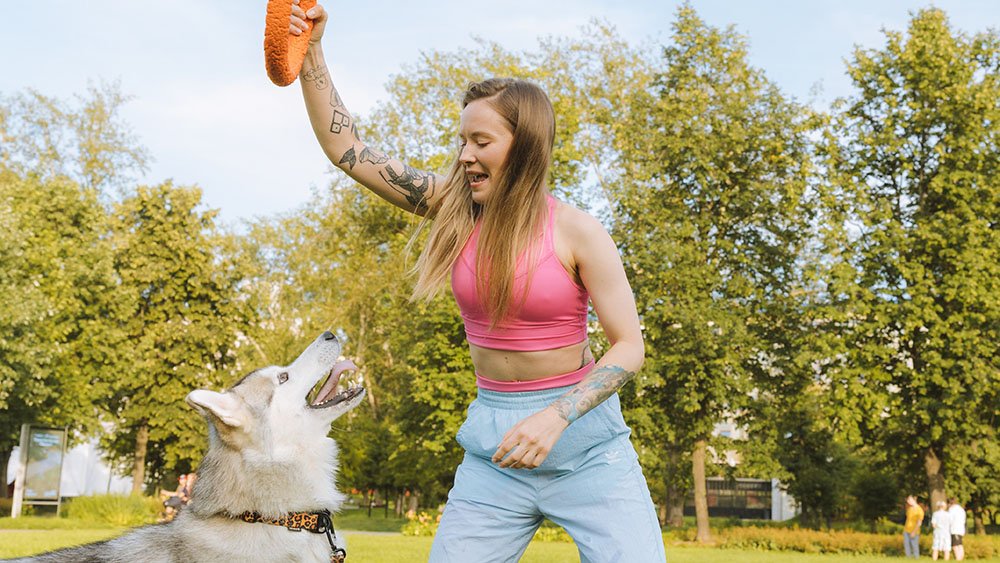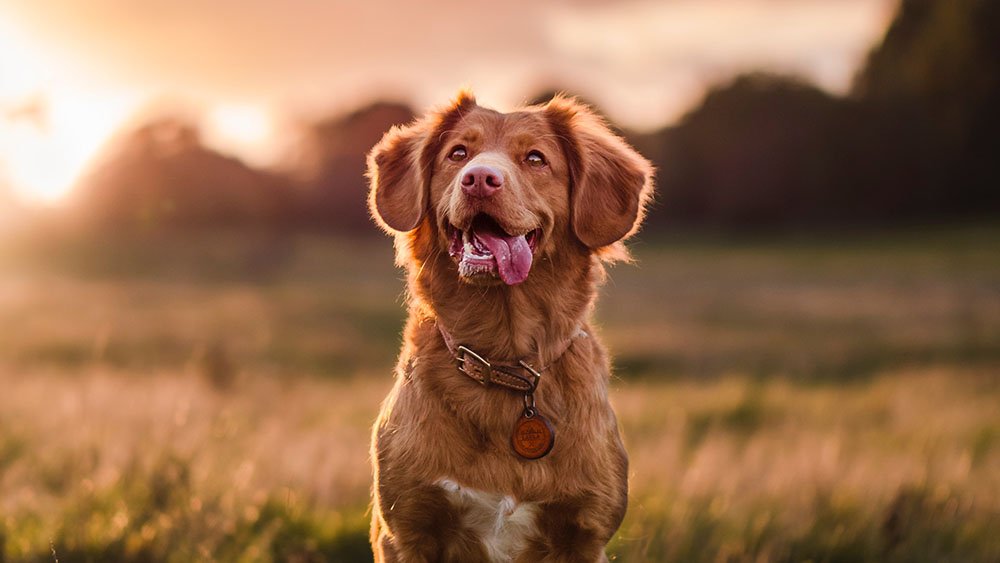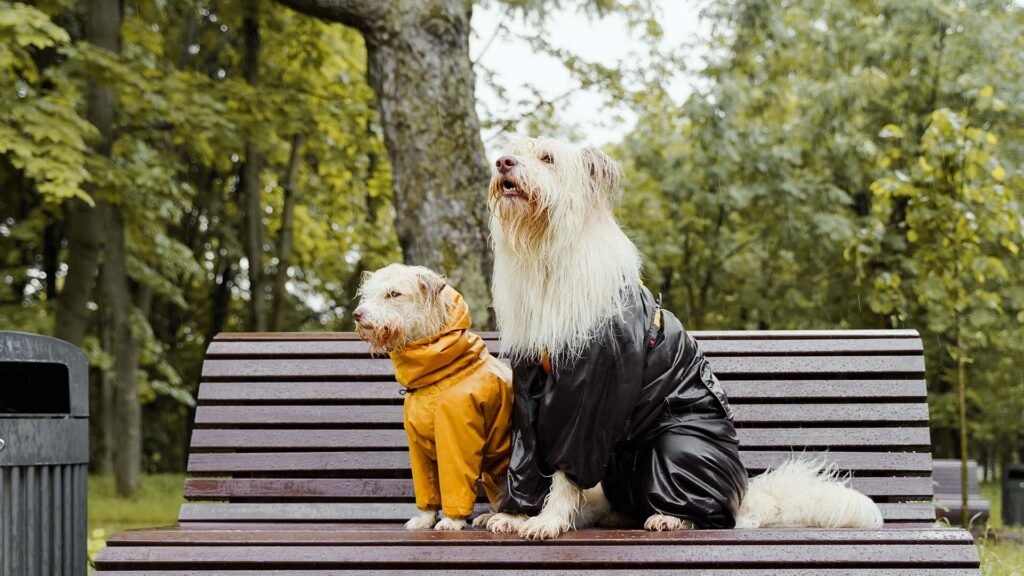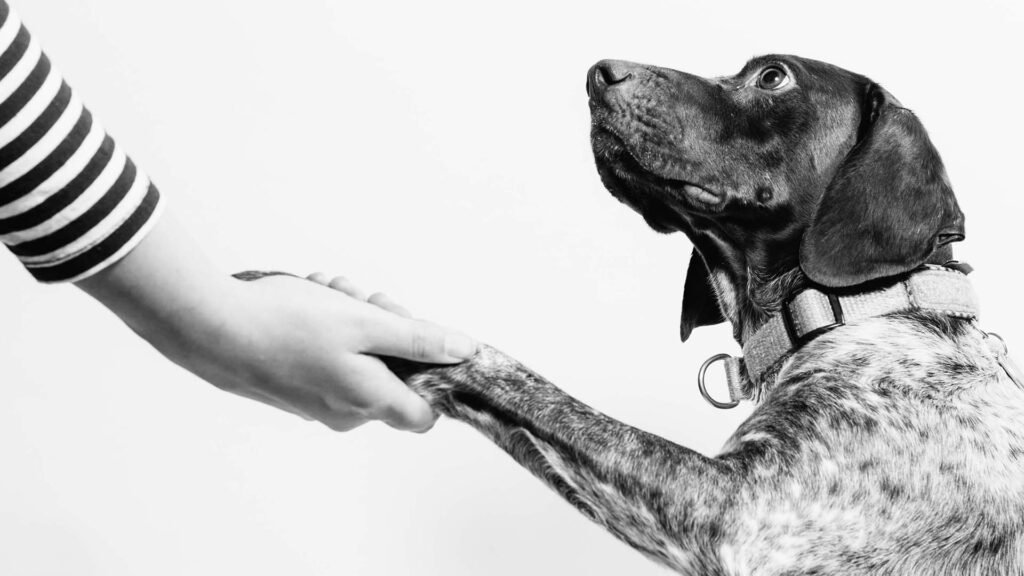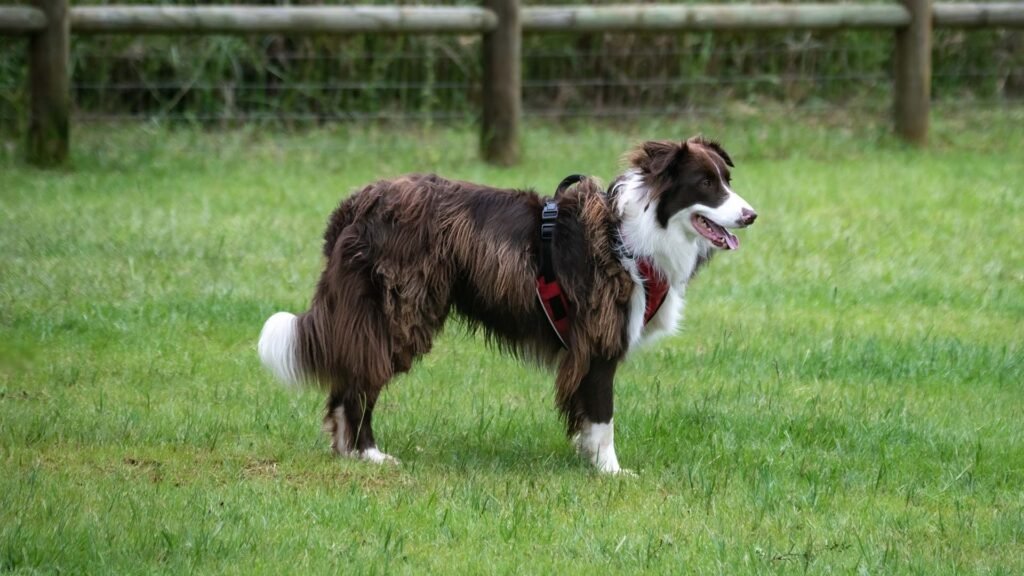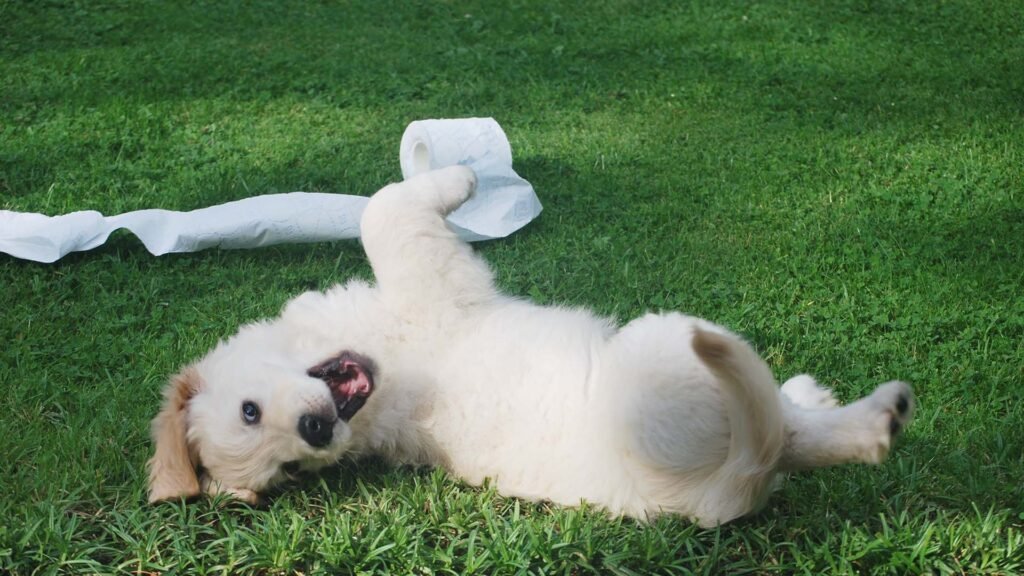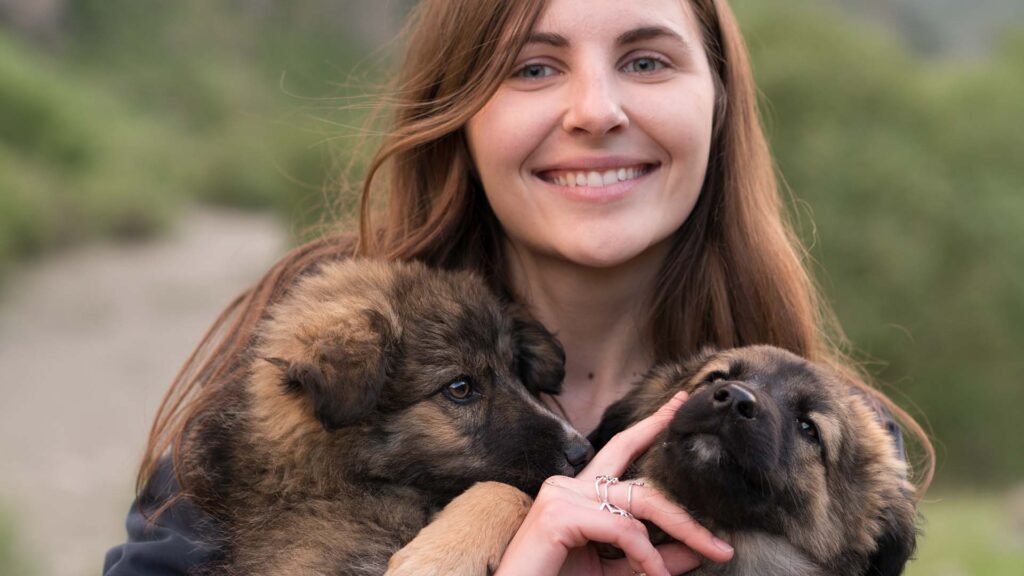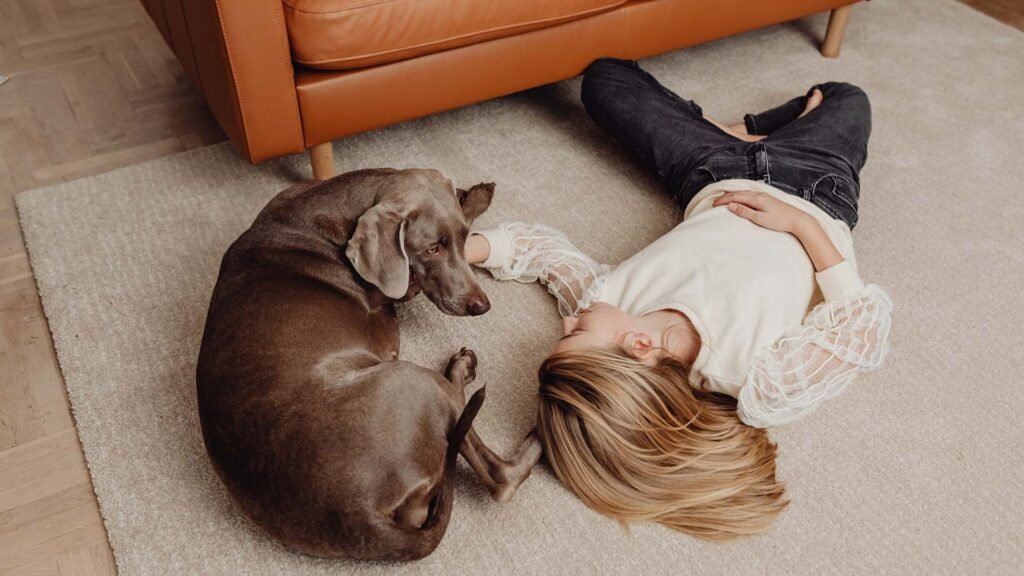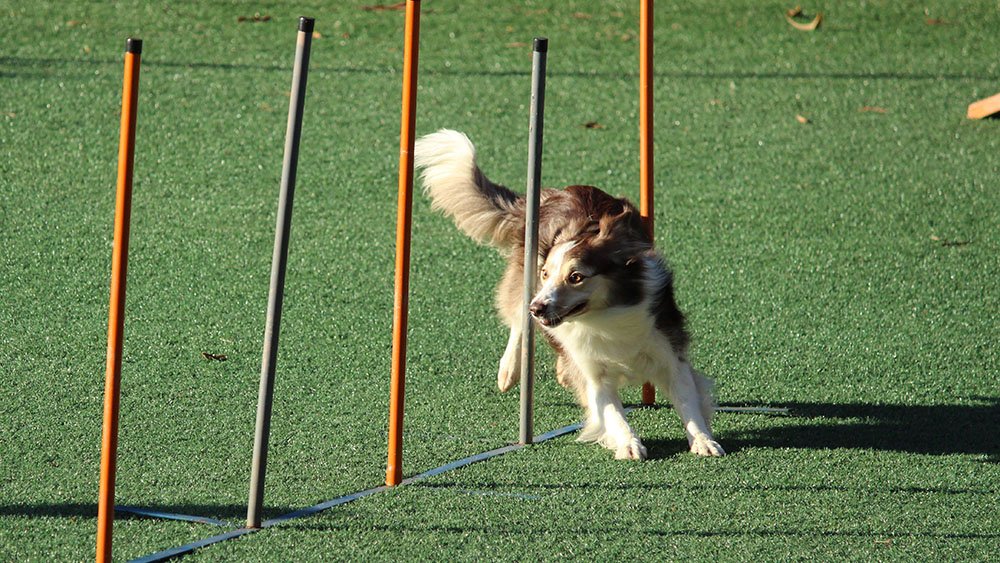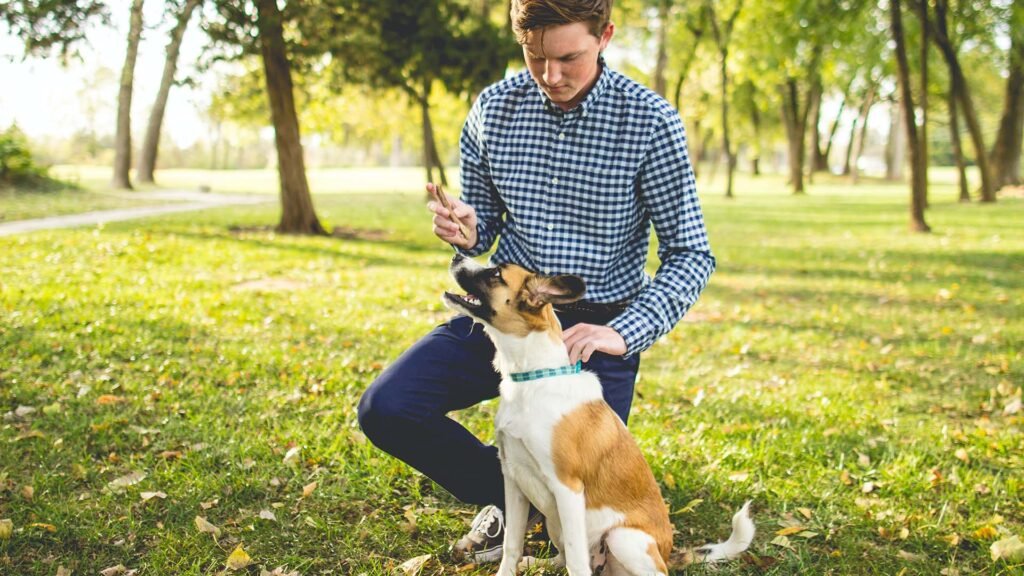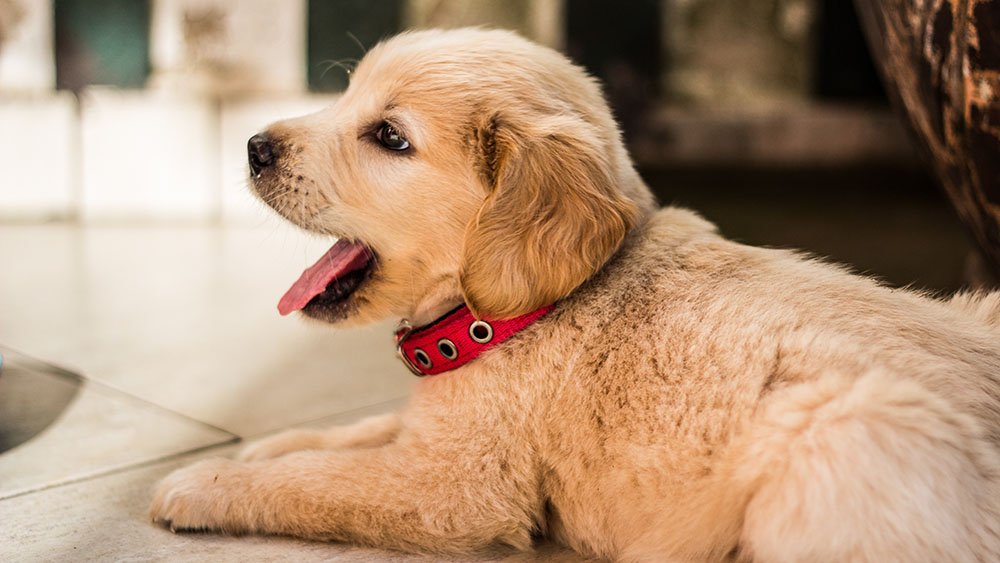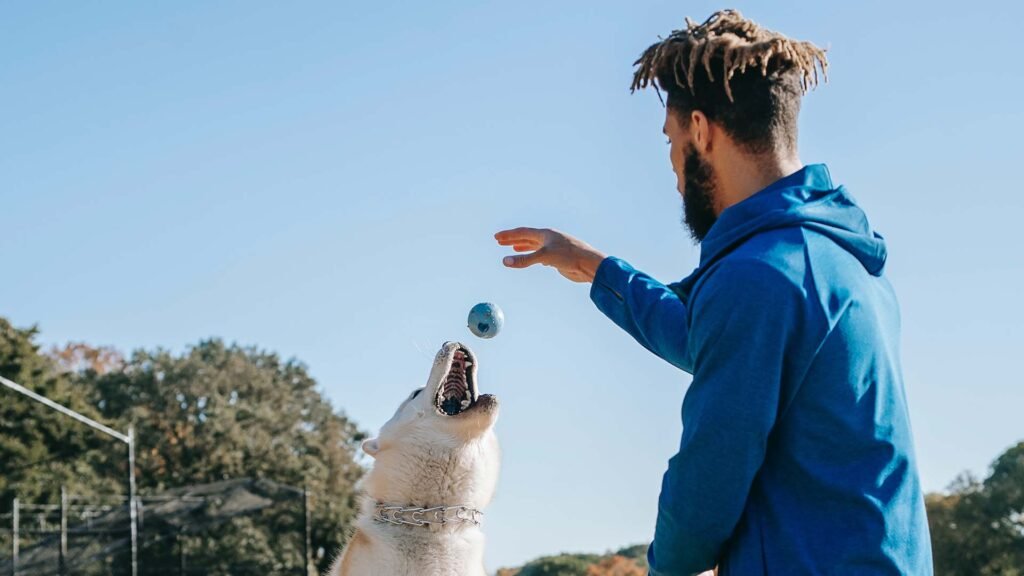Owning a dog can be a wonderful experience. A dog can provide you with a lot of love, friendship and protection. Everybody loves a well-trained dog. Whether it’s keeping them from barking at everything that moves or teaching them to do a complicated trick, training is a significant part of dogs’ great companions. But sometimes, you may need to train your dog, which can be a crazy experience. Here are the answers to the most common questions every dog owner faces.
Don’t be afraid to experiment a bit, get help from friends or family, or even hire a professional trainer.
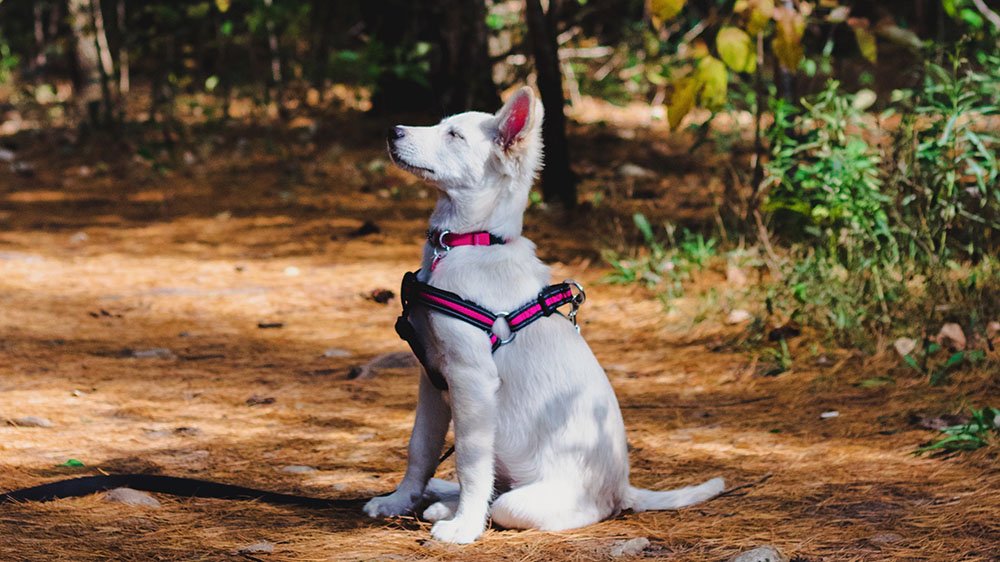
- Why Does My Dog Pull The Leash?
- “Why does my dog keep pulling the leash” is one of the most asked questions about dog training. The answer is pretty simple; actually, dogs pull on the leash when you’re out for a walk, as they have learned that’s how they can quickly move forward (or to the direction they want to go). Allowing yourself to be pulled along by your dog reinforces such behaviour. Basically, your dog is the one taking you out for a walk.
- Fear not, however, as there are ways to stop such behaviour. For example, when your dog pulls on the leash the next time you are out for a walk, stand still and wait for the leash to slack before moving forward again. You could also take a few steps back or turn in a different direction.
- How Can I Get My Dog To Stop Biting?
- The first thing to remember when you’re teaching a dog not to bite is that all dogs bite—even the sweetest, most well-behaved dogs—and it’s a pretty common thing for them to do at heart. Dogs practice their biting on each other (puppies bite each other’s ears and legs all the time) and on us, which we don’t love but are commonplace for them.
- If your dog is biting you, it might be because they’re playing or teething (puppies use their mouths to explore everything), or they’re stressed out and need more exercise. You can try redirecting your dog when they start biting by giving them a toy to chew on instead. If your dog isn’t responding to that, try increasing the exercise you provide them with every day. Puppies need way more activity than full-grown dogs, so make sure you adjust accordingly!
- The Best Training Method?
- Positive (reward-based) reinforcement training is the preferred dog training method anywhere and everywhere. Forcing or punishing your dog throughout training could lead to catastrophic results, not to mention inhumane ones. Instead, rewarding your dog through food treats or petting ensures proper training and strengthens your bond as a dog parent.
- How/Where Do I Start?
- With the vast reference, you can find on the internet, in books, or on social media, it can be confusing where or how should you start training your dog. The answer, however, truly depends on where you are relationship-wise with your dog. It’s best to gain your dog’s trust before jumping on dog training. It’s easier to train and provide a reward when they know they can trust you. The basics of sit, stay, stand/up, or calling them by name should be the first on the list. You could always go back to these commands when training them for more complex training in the future. More importantly, it promotes proper behaviour and conditions them to learn more commands.
- How Often Should I Train My Dog?
- Experts say it’s best to train your dog consistently and in short intervals. Dogs naturally have a short attention span (not including uncontrolled distractions), so training them 2-3 times a day for 10-15 minutes for commands is best for better results. It can be daunting to continue training them after the basics (i.e., sit, stay) but remember that consistency is critical and providing routine training reinforces trust and enhances their overall training.

In conclusion, it takes time to train a pup, and they need lots of love and encouragement along the way. You also have to be consistent with your commands. Don’t use different words for the same command in different situations, or your dog will only respond half the time. Keep their physical health in mind as well. Remember, a simple change in diet can solve most common dog behavioural problems. Don’t be afraid to experiment a bit, get help from friends or family, or even hire a professional trainer. Best of luck, fellow furry parent!

